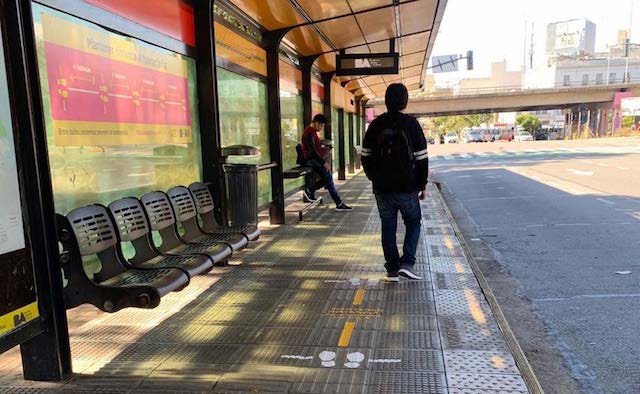Transit Priority Networks
On most major streets, transit networks should take priority. Many essential service workers are reliant on transit. They must be able to get to work reliably, safely, and efficiently. As cities begin to reopen and people return to offices and stores, prioritizing street space for buses will be essential to avoid economy-crushing gridlock that will stymie our recovery and exacerbate health externalities. Congestion will overwhelm us if cities do not take action.
The initial response to COVID-19 in many cities included reduction in transit use and service. However, our current understanding of the virus transmission and its economic impacts suggest that in order for our COVID-19 response strategies to be effective and sustainable, cities and transit agencies should expand and prioritize transit networks. To date, preliminary studies and data from Paris, Austria, Seoul, Hong Kong, and Tokyo have not shown transit to be hotspots of contagion.
In developing transit networks, cities should consult existing transit network design guidance and focus on providing service to transit-dependent neighborhoods, high volume corridors, and essential institutions, in addition to current transit plans. In many places, current transit networks focus on bringing workers to downtown cores. Revised plans should take into account the fact that many office buildings are now largely empty and may remain at reduced capacity until reliable COVID-19 treatment or a vaccine is available. Grid-based transit networks that offer reliable service between neighborhoods may be particularly valuable at this time.
 Buenos Aires, Argentina
Buenos Aires, Argentina
Credit: Secretary of Transportation and Public Works of Buenos Aires